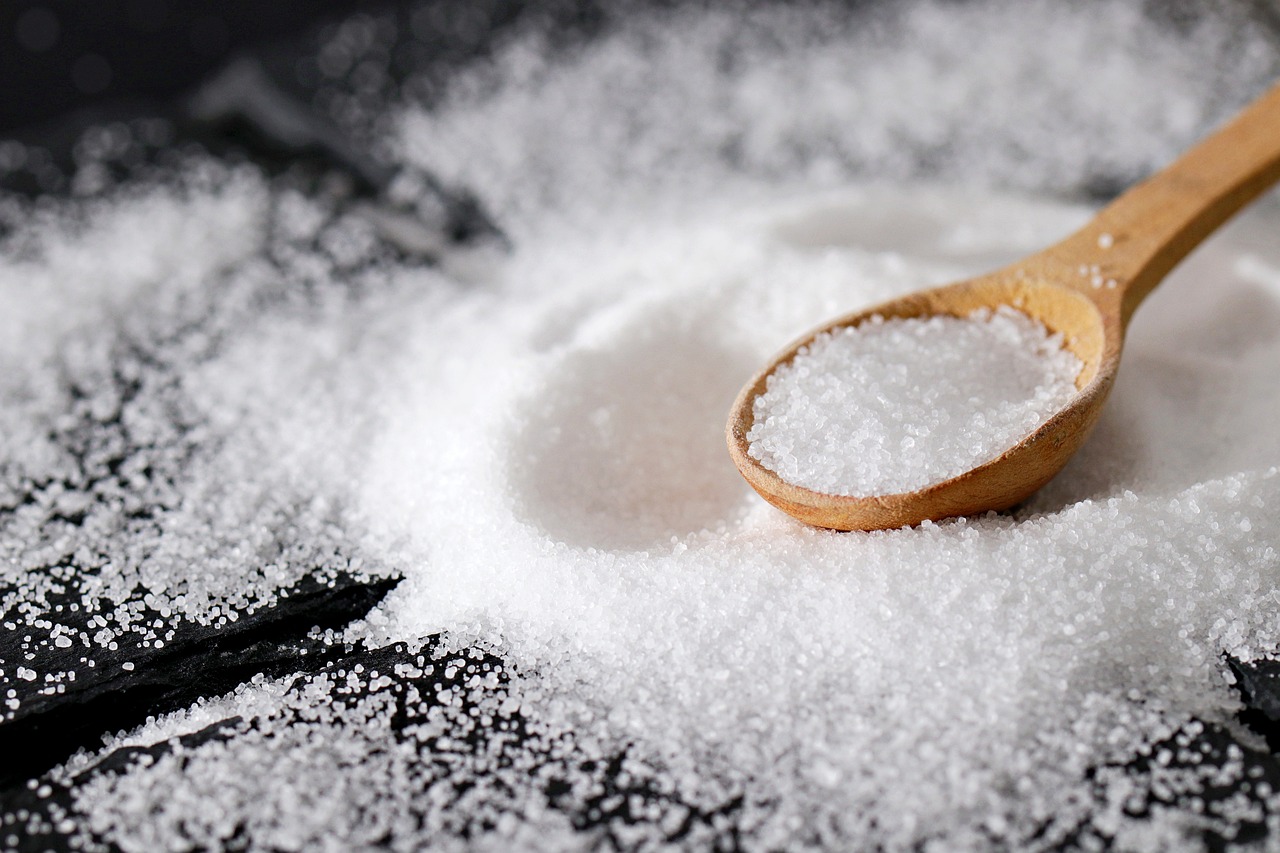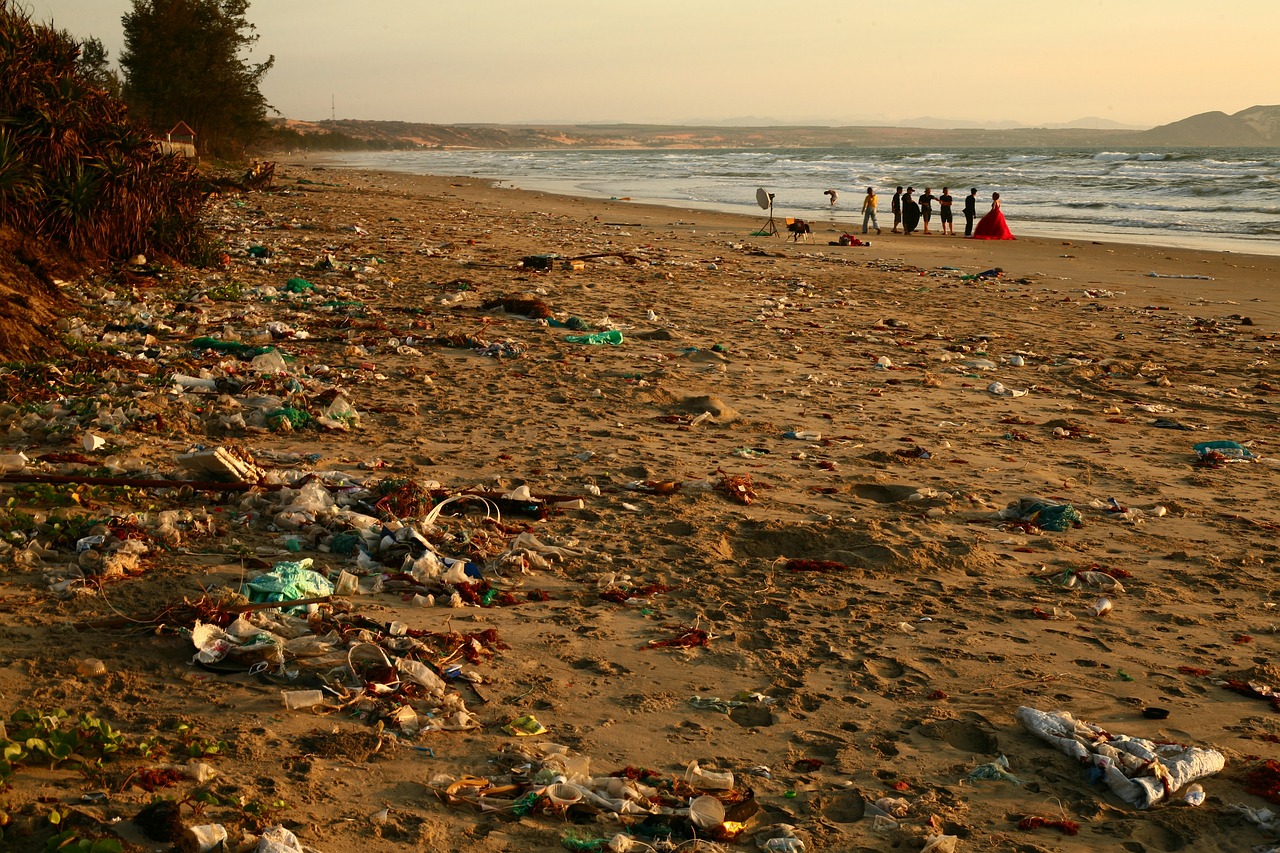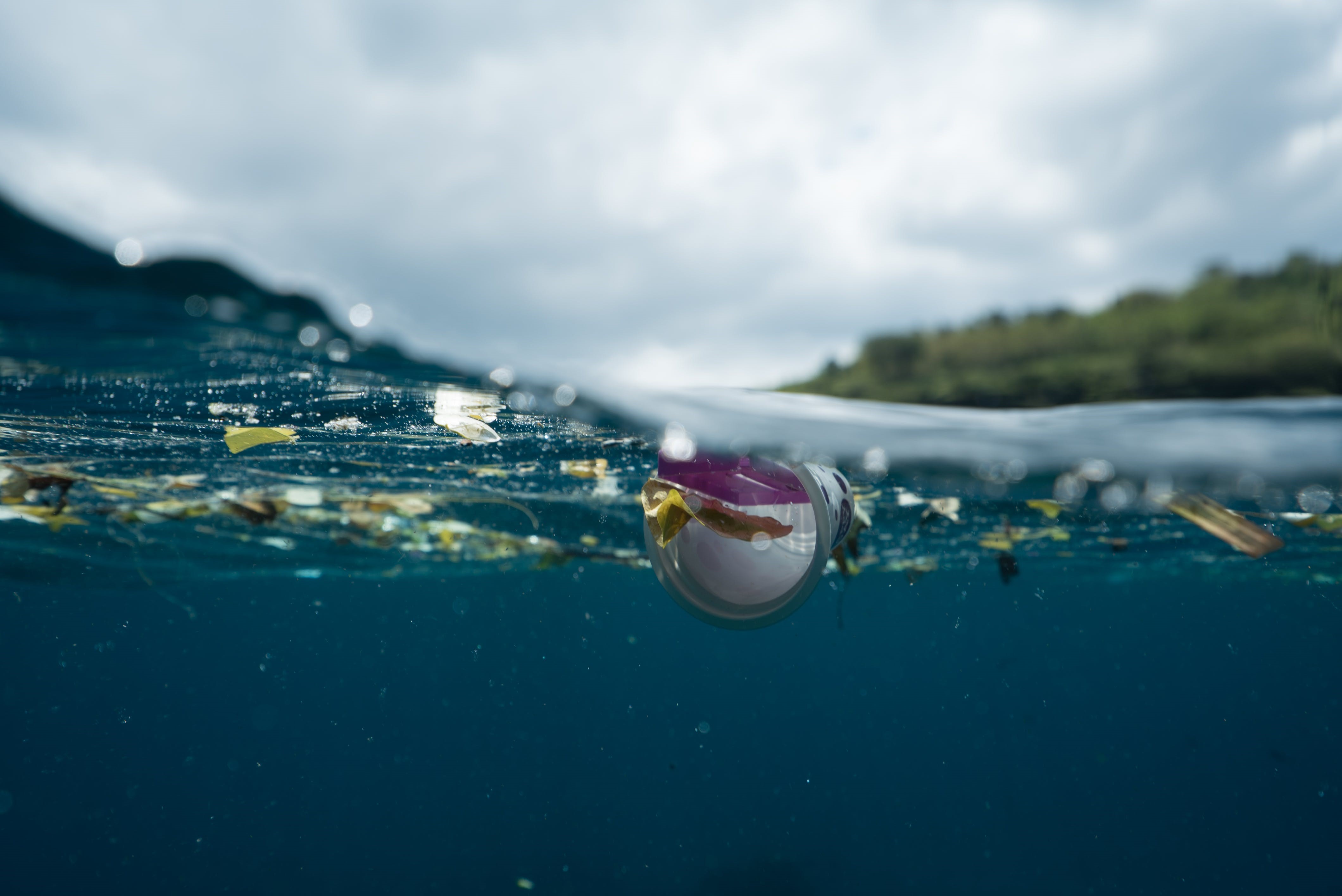Microplastics are very small particles of plastic that are invisible to the human eye, they can be produced from litter of plastic bags, bottles, packaging and even clothing. These microplastics contaminate all our water sources, including, tap water, rainwater, fresh water, and sea water.
Whilst traditionally a marine issue, there is evidence of microplastic exposure to humans via ingestion or inhalation – this could be through contaminated seafood, water consumption (bottles and tap) and even salt. A new study estimates that the average adult consumes around 2,000 microplastics per year from salt!

But here's good news - scientists in China have created a biodegradable synthetic sponge with tiny pores that soak up microplastic waste from water, made from gelatine and starch. Whilst development is still in progress, the sponges could be used on an industrial scale in wastewater treatment plants, to help filter out microplastics and decontaminate the water.
A survey has revealed Britain's coastline is cluttered with microplastics, which is 100x worse than previously recorded, this could be a result of beach litter. As the plastic enters the sea, it decomposes very slowly breaking down into microplastics.

Luckily, we can still tackle the microplastics in our oceans without the sponge for example taking part in a beach clean. Together with some physical effort, less littering and innovations like the sponge we can decrease microplastics in our oceans, making our land and sea cleaner.
Check out our previous blog post for advice on beach cleans.

